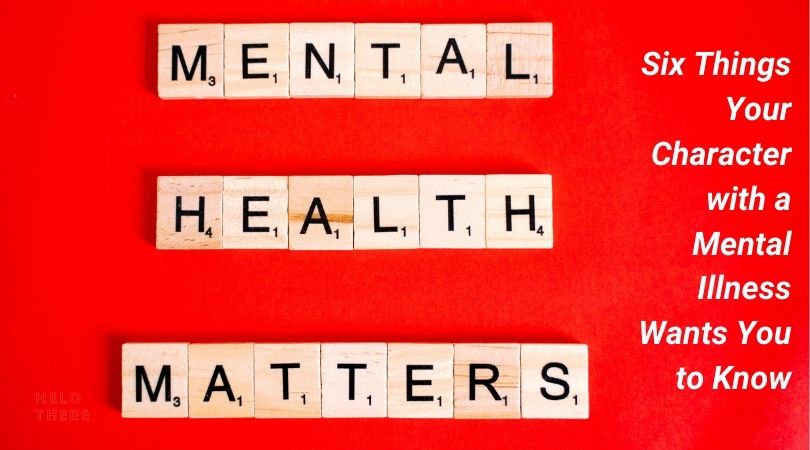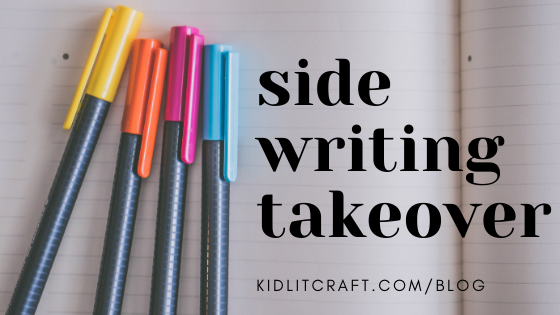Young Adult

Many kids that experience mental illnesses start developing symptoms as young teens–just when they’re at the age to encounter Young Adult literature. Through YA novels, writers can reach readers at this critical time. Young adult books can be a balm to teens struggling with mental health, offering disability representation, much-needed hope, and comfort in knowing that they’ll come through their darkest days… if we follow a few key guidelines. These six pointers are indispensable in creating an empathetic, accurate, and hopeful book with mental health themes.
Filed in:
READ POST

The authors and contributors we interviewed had so many wonderful sidewriting challenges, we thought we’d put them all in one place. Each exercise will have a link back to the original post so you can learn more about the author and how sidewriting works for them. Enjoy!
READ POST
Filed in:

Thank you for coming along on this sidewriting journey with us. We hope you’ve found some compelling exercises AND some compelling reasons for sidewriting. Just as every writer is different, the way each writer uses sidewriting is different–as you’ve seen from our contributors.
READ POST
Filed in:

Writer Friends! You shared with us the ways you sidewrite, and we listened. It was so fun and enlightening to get the scoop on your favorite exercises and tricks to get deep into your characters and figure out your plot.
READ POST
Filed in:

Amber Lough: Sidewriting helps me most when the story starts to feel dry or forced, or if I feel like the characters are shutting me out. I also sidewrite when I am losing motivation, and in that case, I write about why I want to tell this story.
READ POST
Filed in:

Margaret Chiu Greanias: Until I was asked to do this interview, I’d never heard of sidewriting. I thought maybe it was something only novelists did. But as I read Erin Nuttall’s kick-off post, I realized sidewriting is something picture book writers could do too. And then, I realized it was something that I actually do do.
READ POST
Filed in:

Kristi Wright: “Ultimately, you don’t need to be fancy and organized when it comes to sidewriting. It’s the thing that gets to be as messy as you want it to be. There’s no shame in it–no right way or wrong way. I’m always going to be the equivalent of Charlie Brown’s friend Pig-Pen when it comes to sidewriting, and I’m cool with that.”
READ POST
Filed in:

Evan Griffith: There’s usually a long period of exploratory writing after I get an idea and before I begin drafting. I’ll write random scenes, character studies, letters from my character to me, and so on, all to get a feel for the mood, tone, and style of the story. If the story takes shape through these exercises—and, crucially, if it holds my interest—then I feel more confident going into the drafting process.
READ POST
Filed in:

The first time saw the benefit of sidewriting was when I took a course based on Lisa Cron’s Story Genius. In the third week, we were asked to write a scene showing how our protagonist’s misbelief took root. I’d thought about my characters’ misbeliefs before, of course, although I may have called them wounds, flaws, or needs. But I was amazed how much I learned from writing the origin story of that misbelief as a complete scene.
READ POST
Filed in:

When I don’t know the WHY behind a scene or a character, there is nothing more helpful than stepping away from the manuscript. When I am writing away from my story, I am free to explore my characters, setting, plot, theme…well everything. And since it doesn’t “count,” it also doesn’t have to be good—that is the permission slip I need.